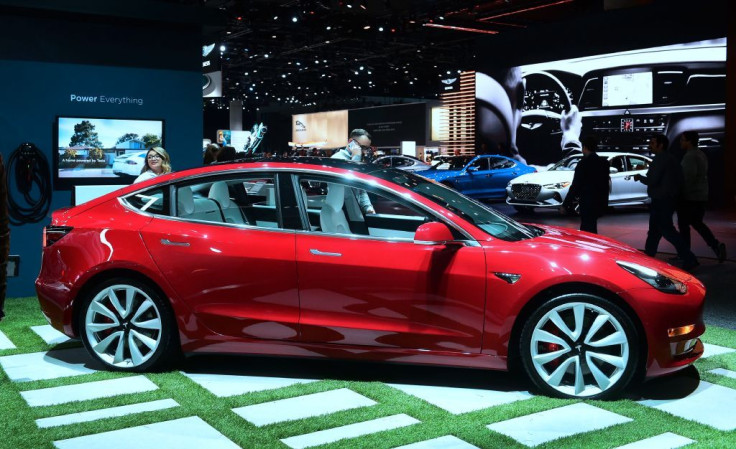Elon Musk Bids Goodbye On Twitter Amid Complaints Over Teslas Breaking Down

Tesla Inc. is oddly keeping quiet amid a surge of complaints from Tesla electric vehicle (EV) owners that worn-out flash memories in their EV's computers are blanking-out their car's monitors and making charging more difficult.
This growing glitch has gotten a lot of traction over the past six months as more owners report their experiences. It's now one of the hot topics on online message boards and isn't doing Tesla's image any good.
Last week, a concerned repair professional who said he'd dealt with over a dozen of these problems tweeted Tesla CEO Elon Musk about it and received this cryptic and bewildering reply, "Should be much better at this point."
No explanation from Musk as to what this means and nothing from Musk after that.
This really bad glitch is more common in Tesla EVs that are more than four years old. It involves a flash storage chip called the eMMC. This chip is embedded on the old MCU1 (main computing unit 1).
Flash storage is any type of drive or system used in computers and networking hardware that uses flash memory to store data for an extended period of time. It can be electrically erased and reprogrammed to allow a computer to perform tasks much faster and more efficiently.
A number of repair professionals report the same thing about the MCU1 glitch. The MCU1 flash memory is writing vehicle logs to the eMMC so fast and so frequently the eMMC stops working properly. It's a type of memory overload and is a lot to handle, even for pros.
Jason Hughes is an independent repair professional who said he's handled "over a dozen" broken MCU1s over the past month alone. He tweeted the problem to Musk and said this problem is "literally killing a huge percentage of these units."
To which Musk replied, "Should be much better at this point."
A YouTuber and Tesla repair professional Rich Benoit discussed the problem with another Tesla repair professional, Phil Sadow, last May.
Sadow explained the problem in detail, thereby confirming Hughes' prognosis. He said Teslas create so many logs and write to the eMMC so fast "it basically burns them out. They have a finite amount of writes; they can only do so many writes. The amount of logging they're doing is excessive."

Sadow said when the eMMC burns out, "you wake up to a black screen" on the car's central console. And, sadly, this is what a growing number of frustrated Tesla owners are reporting.
"There's nothing there. You can't turn on your climate control. You can generally drive the car, but it won't charge."
Sadow also believes the problem tends to appear after about four years. He urged Tesla to "open up diagnostics" for people hit by the glitch.
As this problem festers, Musk has suddenly gone on vacation.
On Thursday, Musk tweeted, "Going offline for a few days" without any explanation as to why. But before this, he left a series of puzzling clues.
Going offline for a few days
— Elon Musk (@elonmusk) October 17, 2019
To one fan, Musk tweeted, "I've prepared a surprise! It is now ready."
To which, this man replied, "Dont hmu. Only the real ones know what's up."
What's up anyway with Musk and the flash drive glitch?
© Copyright IBTimes 2024. All rights reserved.





















